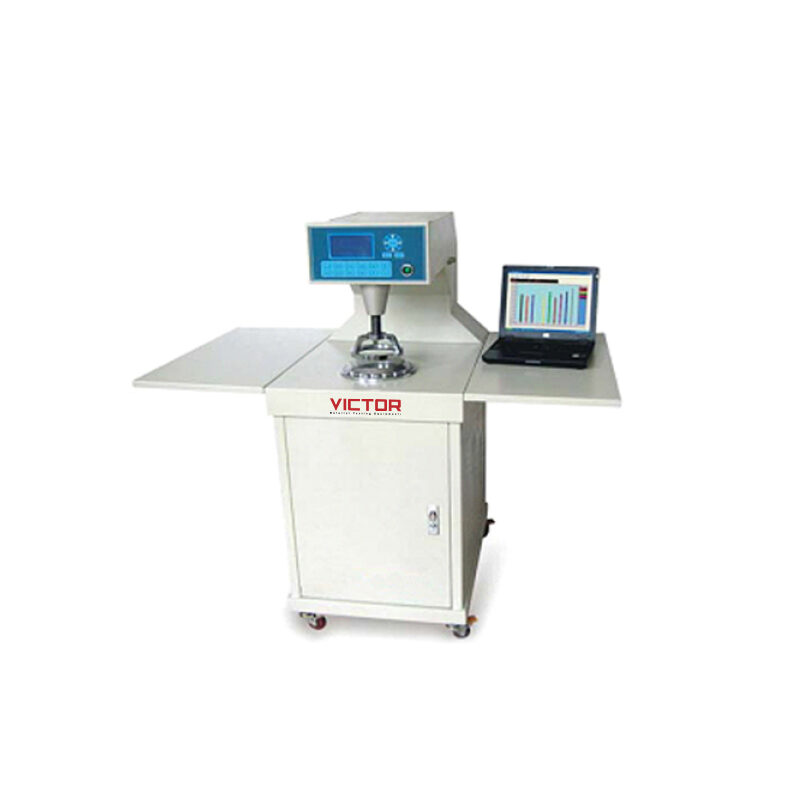Product Application
Computerized Air Permeability Tester, to determine the resistance of fabrics (woven, knitted and non woven textile materials) to the passage of air (air flow) under constant pre-set air pressure while firmly clamped in the test rig of selected test head/area.
The specimen is loaded to the test area of the instrument easily by means of a pneumatic holder. By pressing down the holder to start the test. Air permeability tester equipped with a vacuum pump to draw air through an automatic interchangeable test head with a circular opening. The pre-selected test pressure is automatically maintained, and after a few seconds the air permeability of the test specimen is digitally displayed in the pre-selected unit of measure on the LCD screen or computer (not included). After test the holder is released and the vacuum pump is shut off.




